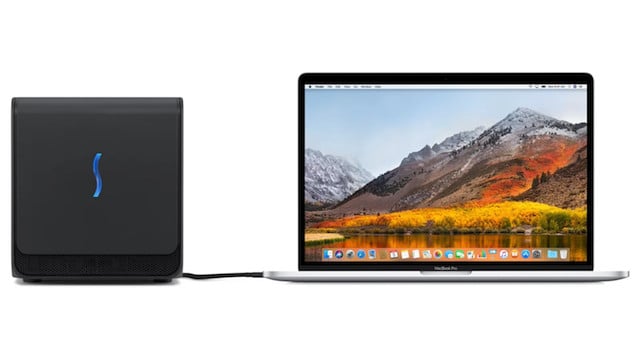

While beautiful to look at, and fulfilling the design aesthetics inherent to Apple products, they are difficult to work with when critical viewing is a must. Additionally, a personal qualm I have with the current state of MacBooks is their predilection for glossy screens. If anything, a travel computer for me is a place to store imagery, maybe look at a few photos, and share some with friends if I so desire. I’m not one to edit photos while out on a shoot, nor do I need to do heavy image processing at night during a photo trip.

#Best mini mac for photo editing 2015 pro#
I needed something for my studio, and since I already have a still-functioning laptop, the MacBook Pro didn’t feel like the best value. The MacBook Pro, of course, has the ability to support an external monitor, but for me this felt like a compromise and not the best use of the computer. I was already used to the notebook form factor, but I was yearning for a larger screen. The MacBook Pro felt like an all-around machine that I could take with me wherever I went and expect solid performance. Coincidently, they were the two without monitors. Each of these adequately addressed my needs in performance and versatility, while two of them passed my monitor test. The question was, how little is too little? Or actually more specific, how much is too much? The models I became most familiar with during this process were the Mac mini, variations on the iMac, a new MacBook Pro, or the Mac Pro. However, now I knew that nearly anything new I chose would be an improvement. Going six years with my previous computer felt like a stretch, and I knew I could have updated sooner, or at least made some upgrades to the RAM. Speed, versatility, and monitors became the three criteria I used to judge each of the models, as well as how long a computer could stand to support me. However, curiosity got the best of me and I began comparing all of the current Mac models to see which one was truly best suited to me. Often known around the art and design world as the go-to option for those not ready or able to step up to the Mac Pro, it seemed to be an ideal balance between performance, price, and space. It was the computer I had been eyeing even before I began my serious search. When I began my search for the new computer, I had it in my mind that a Mac mini was the way to go.
#Best mini mac for photo editing 2015 upgrade#
I knew it was time to upgrade to something that could handle my seemingly modest and fairly normal imaging needs comfortably. Fast forward to now, and the computer is struggling to make the most basic image adjustments to my 40 x 50", 300MB scans, or even just importing and organizing a couple of hundred 36MP raw files. This computer has served me well for the past six years, especially since I was still in school when I first purchased it and had access to the school’s computer lab for doing any heavy-duty editing. My previous-now backup-writing and surfing-the-net computer was a 15" MacBook Pro, featuring a 2.66 GHz Intel® Core™ i7 processor, 4GB of RAM, and a matte screen the top-of-the-line MacBook Pro at the time. For the majority of my work I still shoot film, and scan it, and when I shoot digitally, I have 36MP files that weigh around 70MB each. Having last upgraded my computer in the summer of 2009, I noticed I was no longer able to competently keep up with the files with which I was now working. With these ideas in mind, I recently was in the position to purchase a new computer and spent a few months comparing and weighing the various options for the Apple computer that would work best for me. Even taking into account your camera, the computer is likely the most used piece of “photographic” equipment in your arsenal, too. It is something indispensable to the working process, regardless of whether you’re a working professional, an artist, or nearly any kind of image maker or just shooting photos to share online with friends. Today, more than ever, a computer is an integral part of a photographer’s tool set.


 0 kommentar(er)
0 kommentar(er)
